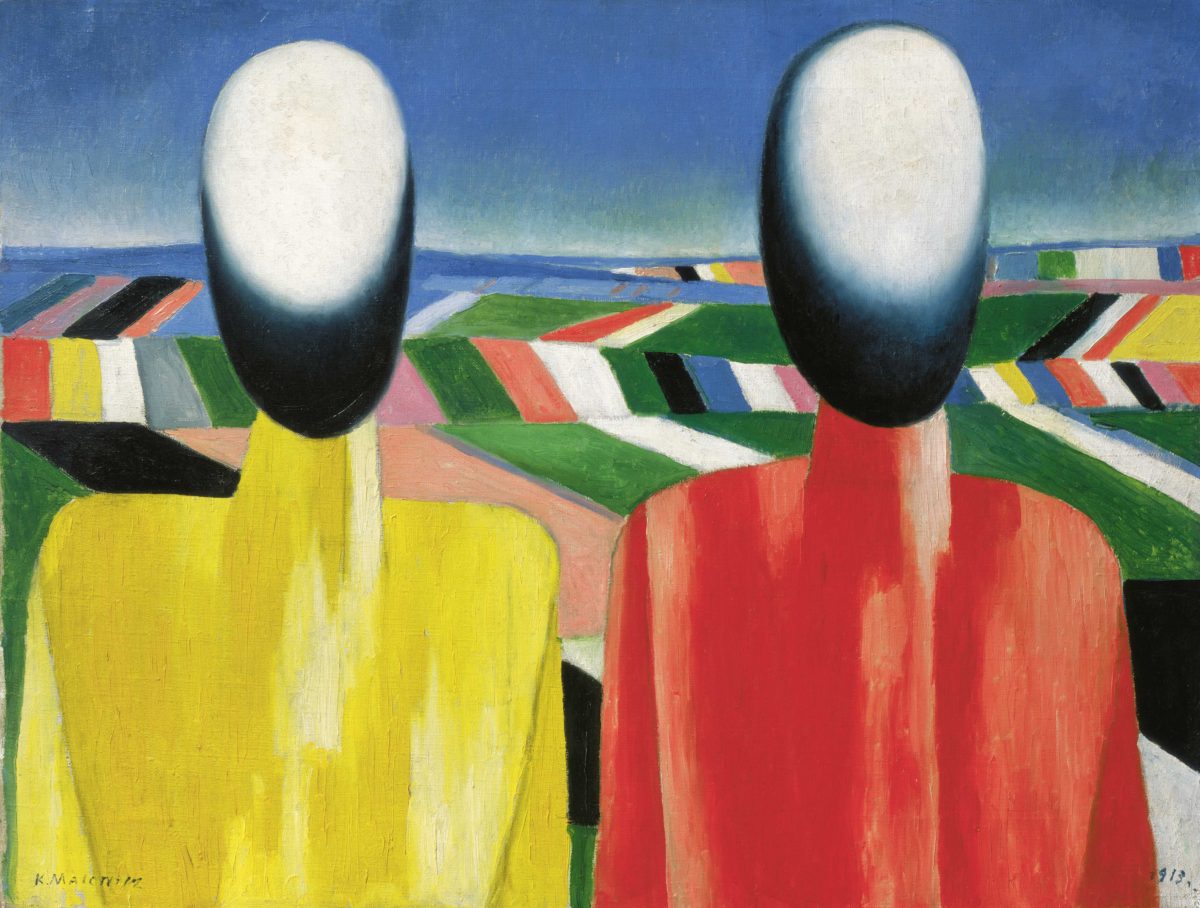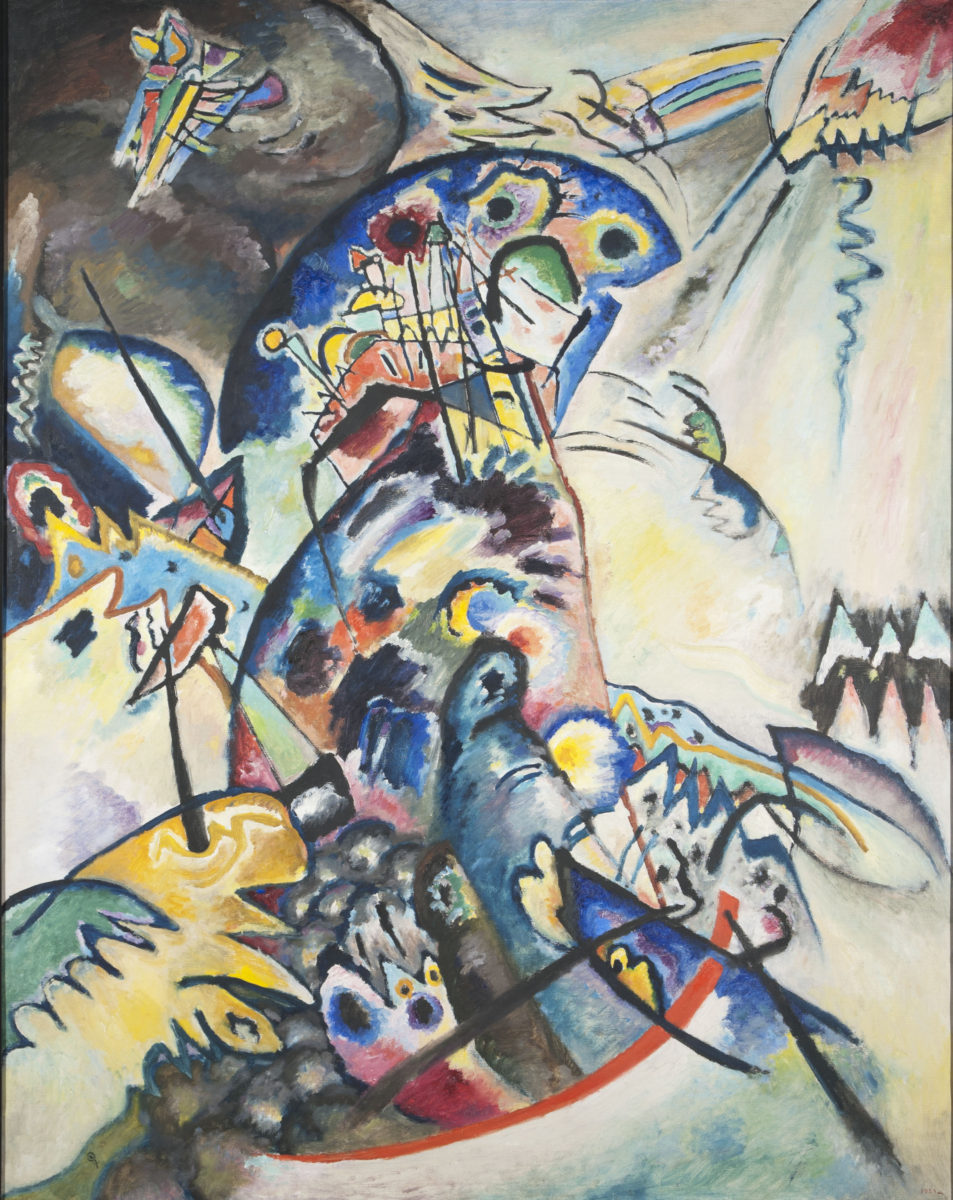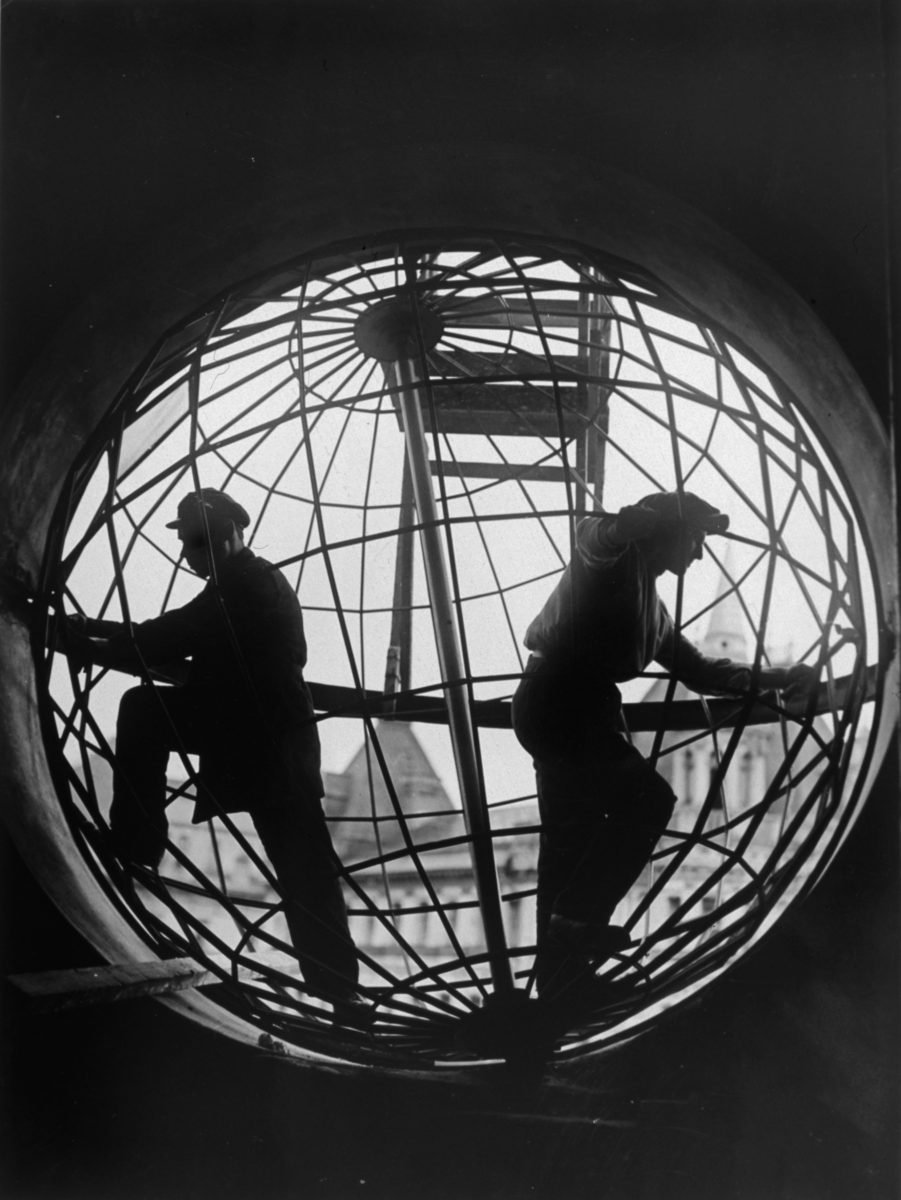London Institutions Celebrate The Revolutionary Art Of Soviet Russia
By Something CuratedThis year a number of London’s museums are marking the centenary of the Russian revolution with key exhibitions focusing on the revolutionary art and design created during this tumultuous period in the country’s history. The October Revolution of 1917 sparked a seismic shift in the political landscape of eastern and central Europe. Yet, in the years immediately following the revolution, the country also saw an explosion of creativity as its new leaders sought new ways to run their new nation state. Artists and thinkers were not only given a platform on which to present their ideas, but were involved in areas of public life ranging from architecture and academia, to social planning and propaganda.

It is this heady atmosphere of ideas and debate that the Royal Academy hopes to capture in its blockbuster show Revolution: Russian Art 1917 – 1932. Launching this month, the exhibition features over 200 works, a number of which have never been seen in the UK before. Together they provide an illustrated history of the rise and fall of the avant garde in Soviet Russia, with groundbreaking works by Chagall, Kandinsky and Tatlin leading viewers through to the state approved Socialist Realism of Brodsky, Mukhina and Samokhvalov.

The crux of the show is an exhibition of contemporary art and design held at the State Russian Museum in Leningrad in 1932. Shortly before Stalin’s oppressive crackdowns, this landmark display occupied 33 rooms in which the abstract geometric paintings of Kazimir Malevich, the originator of the Russian suprematist movement, were the centrepoint. His work is similarly at the heart of the RA’s new show, with the original gallery space recreated using over 30 of his paintings and architectons. Hung in the exact same configuration, this is the first time they have been shown together since the 1932 exhibition.
While Malevich’s paintings were without question groundbreaking, what is most striking about the period is the widespread proliferation of these experimental ideas through mass produced designs. Such iconic posters, photographs and graphics have come to define Soviet era design and are the subject of the Tate Modern’s upcoming exhibition Red Star Over Russia launching this November. Exploring the new visual identity that emerged between the first revolution of 1905 to the death of Stalin in 1953, a wide range of works will be on display including the Constructivist graphics of Gustav Klutsis, propaganda posters by Nina Vatolina, the commercial art of Alexander Deineka and the manipulated photographs of Yevgeny Khaldei.

Cut short in its prime, it is hard to view such exhibitions of pioneering Russian art and design without a feeling of “what if?” None more so than the Design Museum’s upcoming show Imagine Moscow opening this March. Using models, architectural drawings and sketches, the exhibition recreates six proposed projects for the capital that, like the utopian visions and proclamations of the Soviet Union, were never realised. Grand schemes range from El Lissitzky’s futuristic Cloud Iron (1924) tower blocks to Boris Iofan’s lavish winning entry for the Palace of the Soviets (1932), all of which will be displayed alongside colourful geometric graphics from Valentina Kulagina, Alexander Rodchenko and Yakov Chernikov.

Perhaps it is the unfulfilled potential of Russia’s avant garde movement that makes it such a fascinating subject over a century on. While many of its artists and designers actively produced propaganda for the Soviet state, an equal number were later persecuted for their work by the very same party that had encouraged and harnessed their creativity. In this centenary year, one can only hope that exhibitions such as those at the Design Museum, Royal Academy and Tate Modern will help bring their revolutionary work to a whole new audience.
Words by Dale Marshall